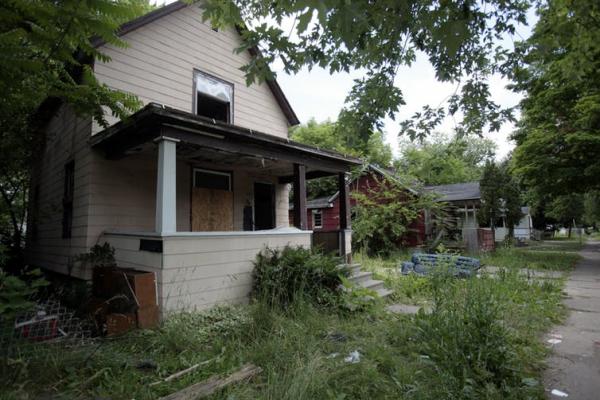Mar 26, 2018
One likely reason that crime drops after joint neighborhood improvement projects is community engagement. Residents in the University Corridor intervention area reported participating more in neighborhood watches, block associations, and community events than in the area where residents didn’t undertake improvement projects.
Read the Full Article

Already a subscriber? Login
